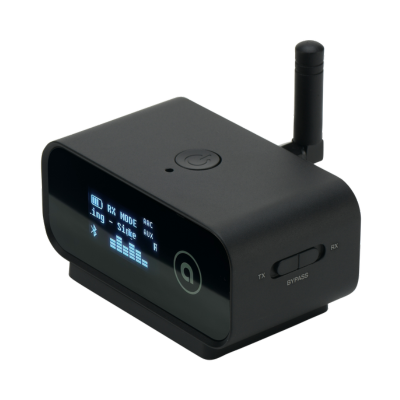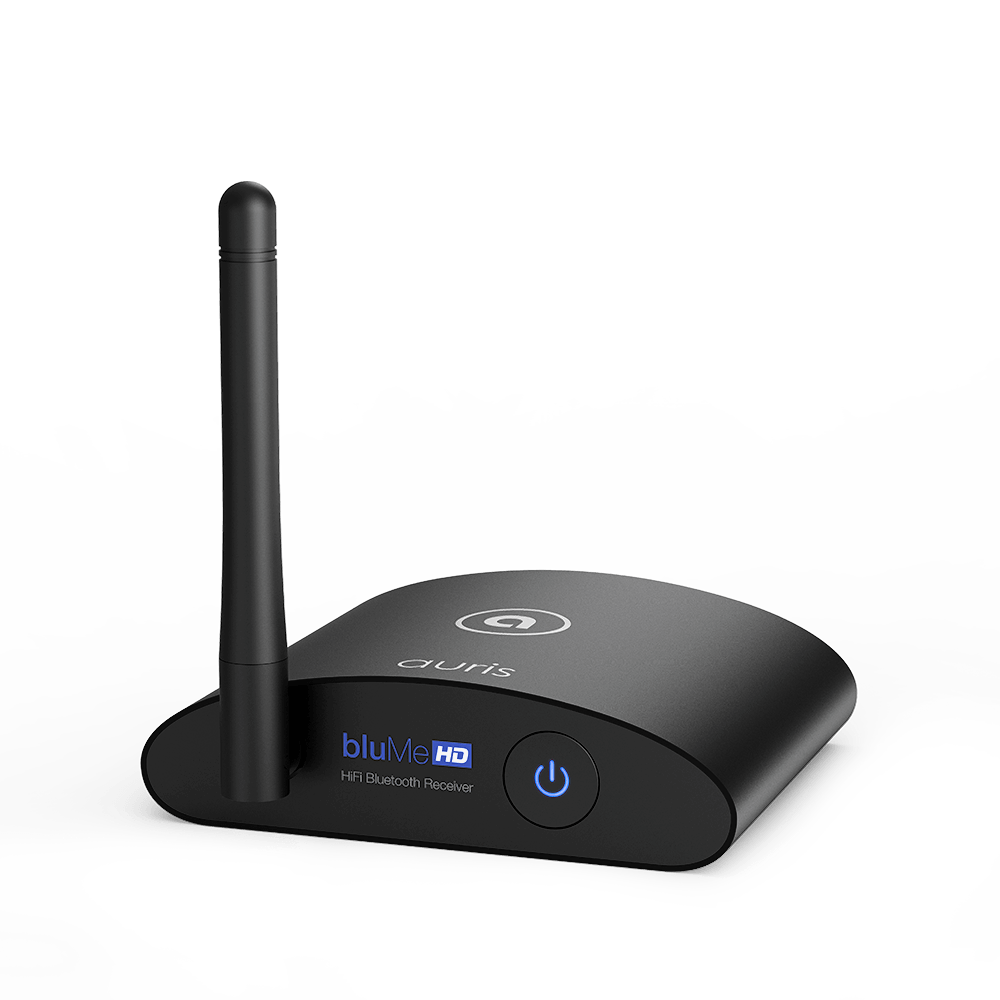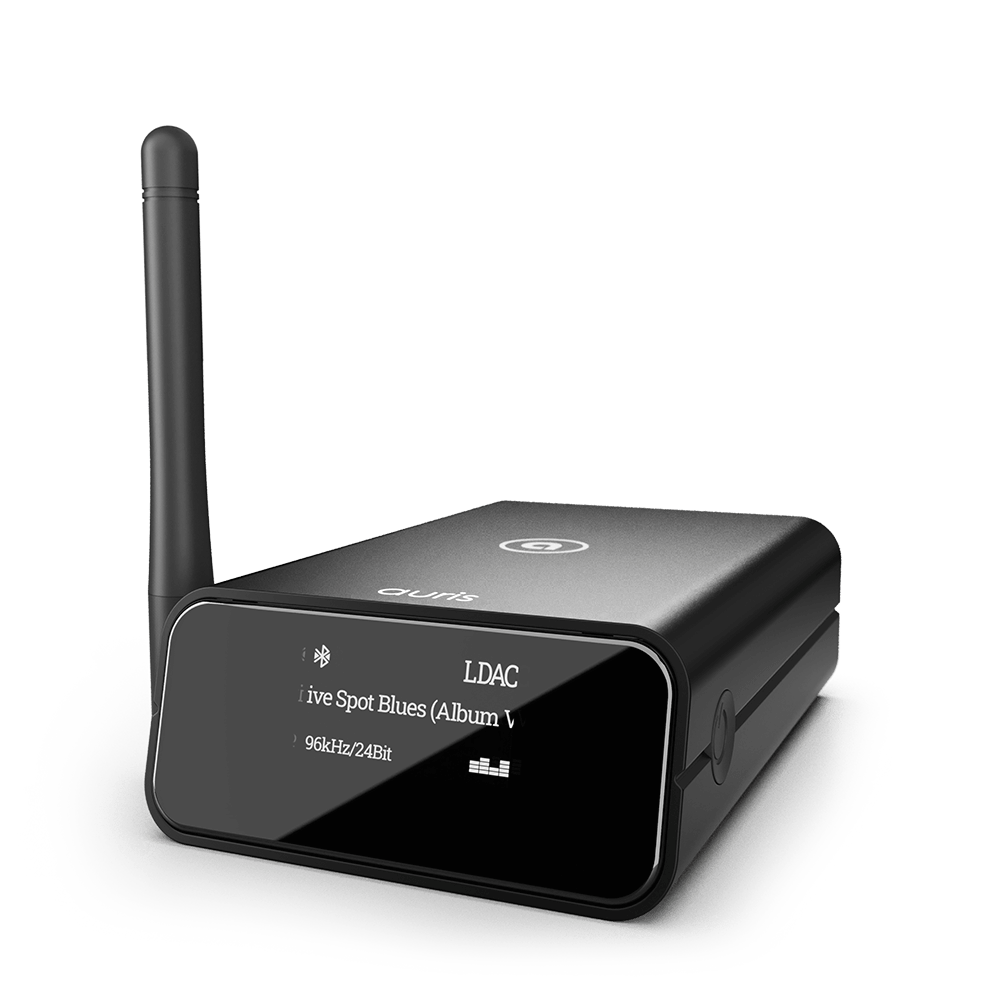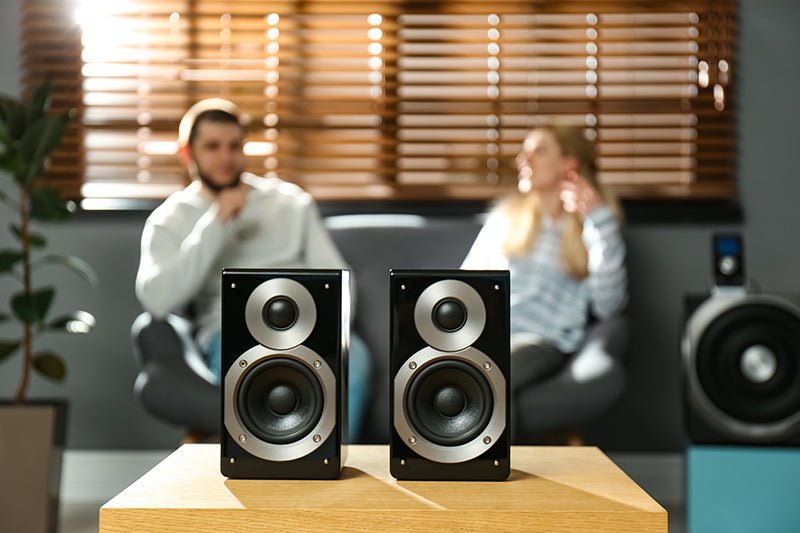
Bluetooth has become a household name synonymous with wireless technology. From streaming songs from Spotify to asking Alexa to turn off our lights, we use Bluetooth daily.
But the name Bluetooth is not an acronym, and it doesn’t stand for anything. It doesn’t sound like a highly technical term, and it’s not an abbreviation. So why exactly is it called that? And what does that blue and white logo represent?
Let’s take a look at the history of the word and its iconic logo to clear any confusion surrounding this necessary technology.
The Origin of the Word
The history of the word Bluetooth dates back to the mid-1900s, long before the thought of wireless connectivity had ever crossed anyone’s mind. Around this time, there was a Viking who ruled Denmark for an estimated 30 years.
This man was named Harald Gormsson, the son of Gorm the Old. Gorm was a Danish king who had begun unifying Denmark and Norway, though he died shortly into the process. Harald is famous for having finished that unification process, successfully uniting Denmark. Harald is often viewed as the first-ever king of Denmark due to this union.
Despite his father being heavily influenced by Norse gods, Harald instituted a tolerance policy towards Christianity, allowing them to spread the Christian faith among his subjects. This type of demeanor had made him highly respected by the people over which he ruled.
Harald had a distinct physical characteristic that garnered him a popular nickname. One of his front teeth had rotted and corroded, taking on a dark bluish hue. This earned him the byname “Bluetooth,” making his unofficial name Harald Blatand, or Harald Bluetooth.
But what exactly does any of that have to do with wireless technology?
How Was ‘Bluetooth’ Chosen?
Jaap Haartsen laid the foundations for Bluetooth technology in 1994. However, it was not ready for launch until a few years later. In 1996, industry leaders from Intel, Ericsson, and Nokia met to plan the standardization of this wireless technology for support worldwide.
During this meeting, the leaders tried to develop names that they could use to refer to the technology. Jim Kardach, a mobile computing engineer at Intel, suggested the name Bluetooth as a temporary code name to make it easier to refer to.
Kardach had been reading a book about Vikings, and he figured Harald would be an ideal symbol for what they were trying to accomplish. He reasoned that Harald Bluetooth was famous for uniting Scandinavia in the same ways they were planning to connect personal computers and cellular industries with this short-range radio wavelength.
The name Bluetooth was only intended as a placeholder until they came up with an official name before launch.
An Attempted Name Change
When it finally came time to come up with a real, serious name, it was decided that Bluetooth would be replaced with either RadioWire or PAN (Personal Area Networking). Although the latter was favored, research indicated that it had already garnered thousands of hits throughout the internet.
This might be due to its similarity to the cooking utensil, but it may also be because PANs have existed for some time. Personal area networks enable computer devices to communicate within the range of a person. Bluetooth is an example, but so are wired connections such as USB and Firewire.
Because of this, RadioWire was the next best name. However, a full trademark application could not be achieved for the name RadioWire in time for the technology’s launch. This meant that Bluetooth was the only available option.
The name Bluetooth caught on extremely fast, and it’s now a universally recognizable eponym for wireless technology. This is when a brand name takes the place of a generic word or phrase, such as Kleenex replacing the word “tissue.”
What Does the Logo Mean?
The Bluetooth symbol against the blue background is possibly more recognizable than the name itself. But that white icon has more meaning than you might think.
The triangular symbol combines the letters “H” and “B” written in the nordic alphabet. That’s the language that Vikings at the time would have used. They’re better known as “runes”. Of course, the “H” and “B” are the initials of the brand’s namesake Harald Bluetooth.
By binding the Younger Futhark runes “Hagall” (ᚼ) and “Bjarkan” (ᛒ), you obtain the iconic logo that you probably see every single day. And unlike the name, they’ve never even attempted to change this well-known symbol since the protocol’s creation in the late 90s.
Origins of the Technology
Dr. Jaap Haartsen was a team member for Ericsson when he got the idea to replace outdated telecommunication cables with short-range radio waves operating at around 2.4GHz. It was meant to transfer data quickly, easily, and seamlessly across a short range.
In 1988, the Bluetooth Special Interest Group (SIG) was formed. Today, this group still publishes and promotes the subsequent revisions of the software. The group was originally composed of 4,000 members from Ericsson, IBM, Intel, Nokia, and Toshiba, but now encompasses over 30,000.
Early Devices
The first Bluetooth device to use the protocol was a hands-free headset but soon transitioned into the first Bluetooth mobile phone designed by Ericsson. Although it came out in 2000, it still could utilize the earliest version of the wireless protocol that is still used today.
At its inception, Bluetooth was designed to be a flexible alternative to wired connections that developers could use when creating new tech products. While it succeeded and was revolutionary for its time, it didn’t come without problems.
Early devices had dismal connection speeds and couldn’t reach a range of farther than 10 meters. Although the most popular Bluetooth usage today is wireless music streaming, the original standard was never designed with full bandwidth music in mind. It only focused on wireless voice calls until future revisions allowed for higher quality audio streaming.
Bluetooth Today
Today, Bluetooth is in its fifth version. Although its core technology remains the same, many features have become much more advanced and versatile. In Bluetooth 1.0, the range of wireless connectivity between compatible devices capped off at 10 meters (32 feet). Today, with Bluetooth 5.0, this has increased to 240 meters — about 800 feet.
Not to mention, original Bluetooth devices drained the batteries from the master devices controlling them, such as laptops or mobile phones. Now, Bluetooth 5.0 operates on Bluetooth Low Energy, which has drastically improved battery longevity.
Also, Bluetooth classic was susceptible to interference much more often than it is now. This means that Bluetooth connections are often cut out or weakened due to conflicting radio signals nearby. Today, Bluetooth 5.0 has a high interference tolerance to ensure fewer disconnections.
You can see just how essential and valuable Bluetooth has become by looking at newer device’s reliance on the protocol as well. The latest iPhone models have removed their headphone jack, or 3.5mm jack, in favor of going completely wireless with Bluetooth technology. It is evidence of a changing technical landscape that will continue evolving for years to come.
In Summary
Bluetooth doesn’t sound as technical as many other computational protocols, but that’s because it doesn’t come from a very technical place. The name comes from a Danish King, Harald Gormsson, who united Norway and Denmark. The king had a rotten tooth that took on a bluish hue, earning him the nickname Harald Bluetooth.
When industry leaders met to come up with a name, Jim Kardach from intel suggested the name Bluetooth as a placeholder because they were aiming to unite PCs and cellular devices in the same way that Harald united Scandinavia. The name was never meant to be the official name, but it stuck.
The iconic logo is a combination of the Nordic letters ‘H’ and ‘B,’ for Harald Bluetooth. Today, this symbol is known worldwide as the leader in wireless technology.
Although a lot has changed since Bluetooth first got its name, it continues to be one of the most useful applications on our mobile devices.
Sources:
https://www.britannica.com/biography/Harald-I-king-of-Denmark





